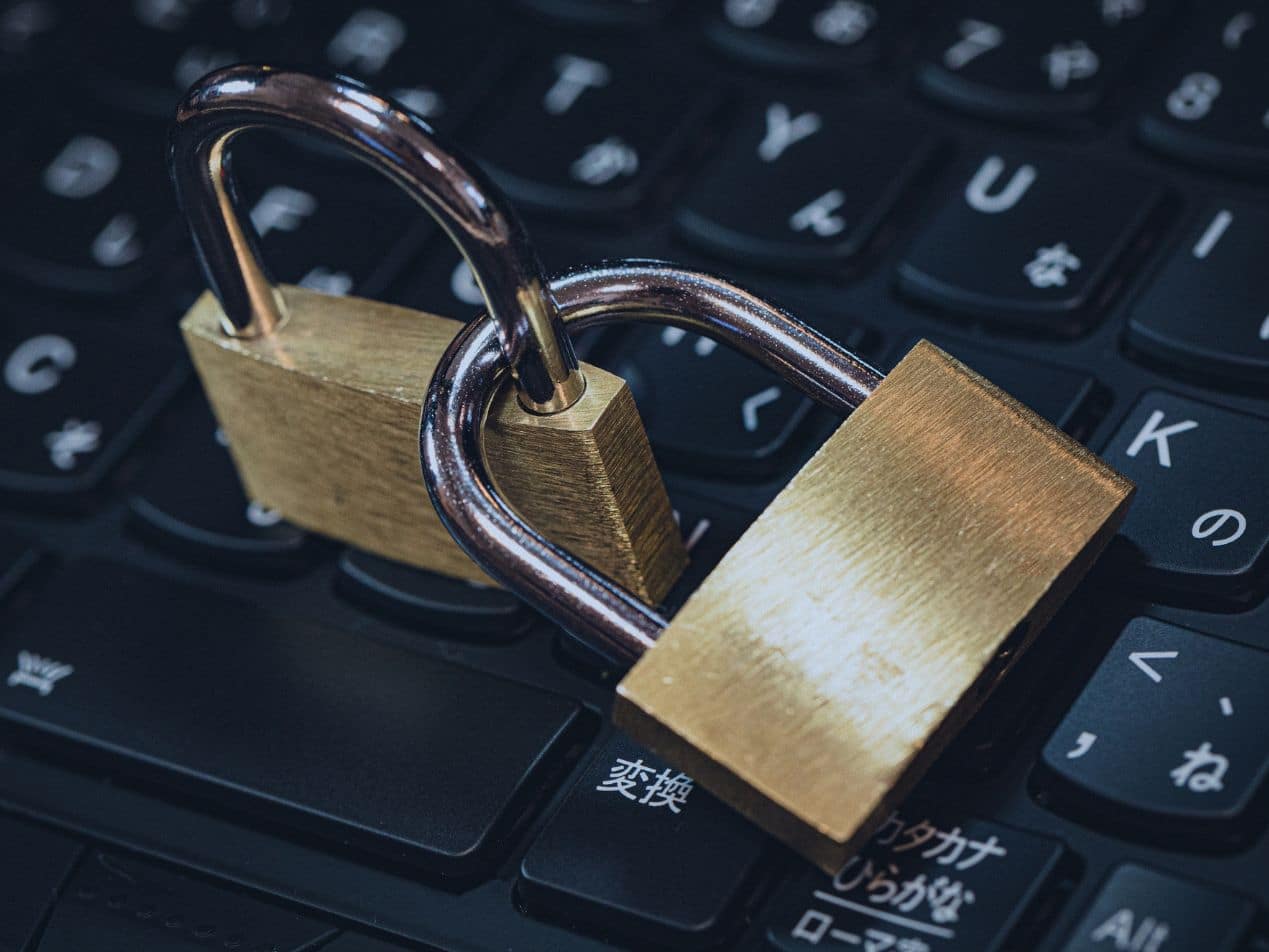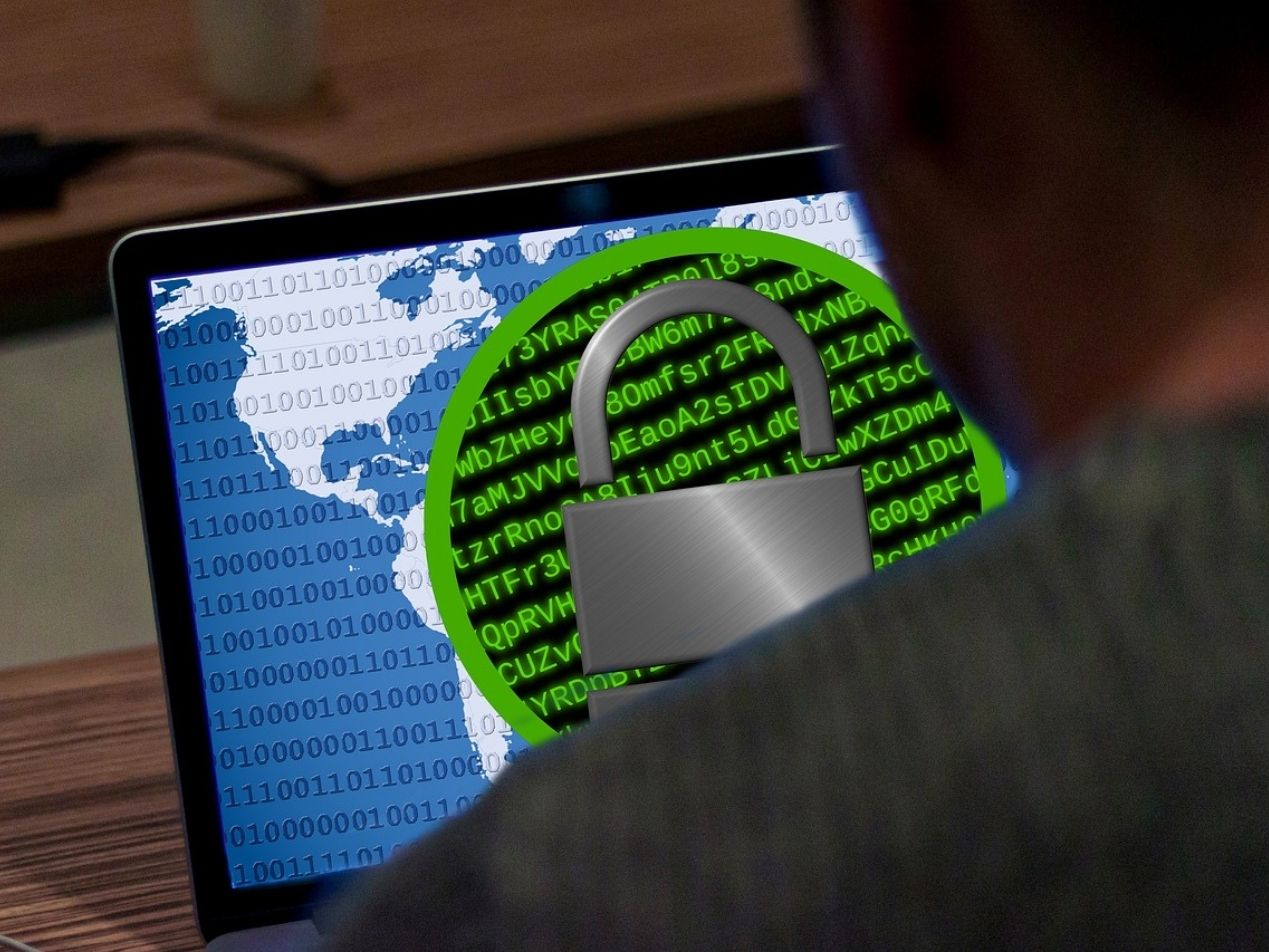
The White House is rolling out new cybersecurity guidelines for healthcare and other critical infrastructure areas, according to public officials at a recent Washington Post event.
Anne Neuberger, Deputy National Security Advisor for Cyber and Emerging Technology, explained that the U.S. has fallen behind on security standards in comparison to other countries.
The goal of the new guidelines is to increase healthcare and critical infrastructure cybersecurity standards by ensuring minimum requirements are in place.
Keep reading to learn more about what’s to come and why this is important. Plus, find out how healthcare providers can strengthen protection against cyberattacks now with a secure email provider.
Key focus areas and strategies
Healthcare, water and communications sectors are critical areas of focus for raising cybersecurity standards. It's hard to imagine not being able to access healthcare and water or losing the ability to communicate with each other. U.S. citizens' safety is dependent on this core infrastructure.
A public-private partnership is planned as an ongoing effort to improve cybersecurity. This corresponds with Executive Order 14028 from May 2021, which promotes better communication between federal entities and private sector businesses.
At the Washington Post event, Neuberger noted the private sector manages a significant portion of the U.S. critical infrastructure. The importance of private group collaboration to mitigate the latest risks and create standards is crucial.
What this means for healthcare cybersecurity
The United States Department of Health and Human Services (HHS) has begun working with partners at hospitals to implement minimum healthcare cybersecurity guidelines. In addition, efforts to secure the industry on a broader scale are in place.
These initiatives will reduce risks to the U.S. critical infrastructure as the threat landscape continues to evolve.
Healthcare is targeted by ransomware attacks more often than any other critical infrastructure, according to the FBI's 2021 Internet Crime Report. CommonSpirit Health, one of the nation's largest health systems, is still suffering the effects of a recent incident.
Stacy O’Mara, Senior Director of Government Affairs at Mandiant, told HealthcareITSecurity that these ransomware attacks can be mitigated "if hospitals had a baseline to establish, maintain, and measure their cybersecurity hygiene and level of preparedness.”
Be proactive with Paubox
Email is a top threat vector for ransomware and other cyberattacks. Providers can proactively boost healthcare cybersecurity measures by making secure email a top priority. That’s where a HIPAA compliant email service comes in.
Convenient and easy HIPAA compliance and email security
Paubox email solutions conveniently integrate with your current email platform, such as Google Workspace, Microsoft 365 or Paubox Email Suite. You can send HIPAA compliant email by default and automatically encrypt every outbound message. This means you don’t have to spend time deciding which emails to encrypt. And your patients receive your messages right in their inbox—no additional passwords or portals necessary.
Paubox Email Suite’s Plus and Premium plan levels include robust inbound email security tools to help block the cyberattacks plaguing healthcare.
Our patent-pending Zero Trust Email feature uses email AI to confirm that an email is legitimate. Additionally, our patented ExecProtect feature quickly intercepts display name spoofing attempts.
Subscribe to Paubox Weekly
Every Friday we'll bring you the most important news from Paubox. Our aim is to make you smarter, faster.






